Newhouse Summit 2024
The second annual Newhouse Summit will feature speakers from around the world presenting their innovative and provocative creative and scholarly work on the past, present and future of storytelling through extended reality technologies.
The event, titled “Advances and Opportunities in Immersive Storytelling Technologies,” takes place Aug. 1-2, 2024, at the Newhouse School.
All events are held in Newhouse 1, Room 101.
Schedule
Thursday, Aug. 1
8:30-9 a.m.: Breakfast
9-9:25 a.m.
Opening remarks

Mark J. Lodato, Dean, Newhouse School
Session Set I
9:30-9:35 a.m.
Introduction
Makana Chock, Professor (PhD), Newhouse School, Syracuse University
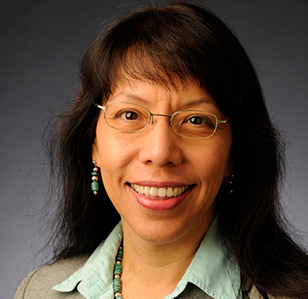
Chock is the “David J. Levidow Endowed Professor” at Newhouse, and has conducted internationally-recognized research in media psychology. She studies the ways in which people process and respond to persuasive messages in mass media, social media, and extended reality contexts. Chock teaches courses in research methods, communication theory, extended reality research, and media. She previously worked at Indiana University, the University of Hawaii at Manoa, and the Hawaii Public Library.
9:35-9:55 a.m
Visual Storytelling for Social Impact: Opportunities and Challenges for Immersive Technologies
Presenter: Michael Snyder, Assistant Professor, Newhouse School, Syracuse University
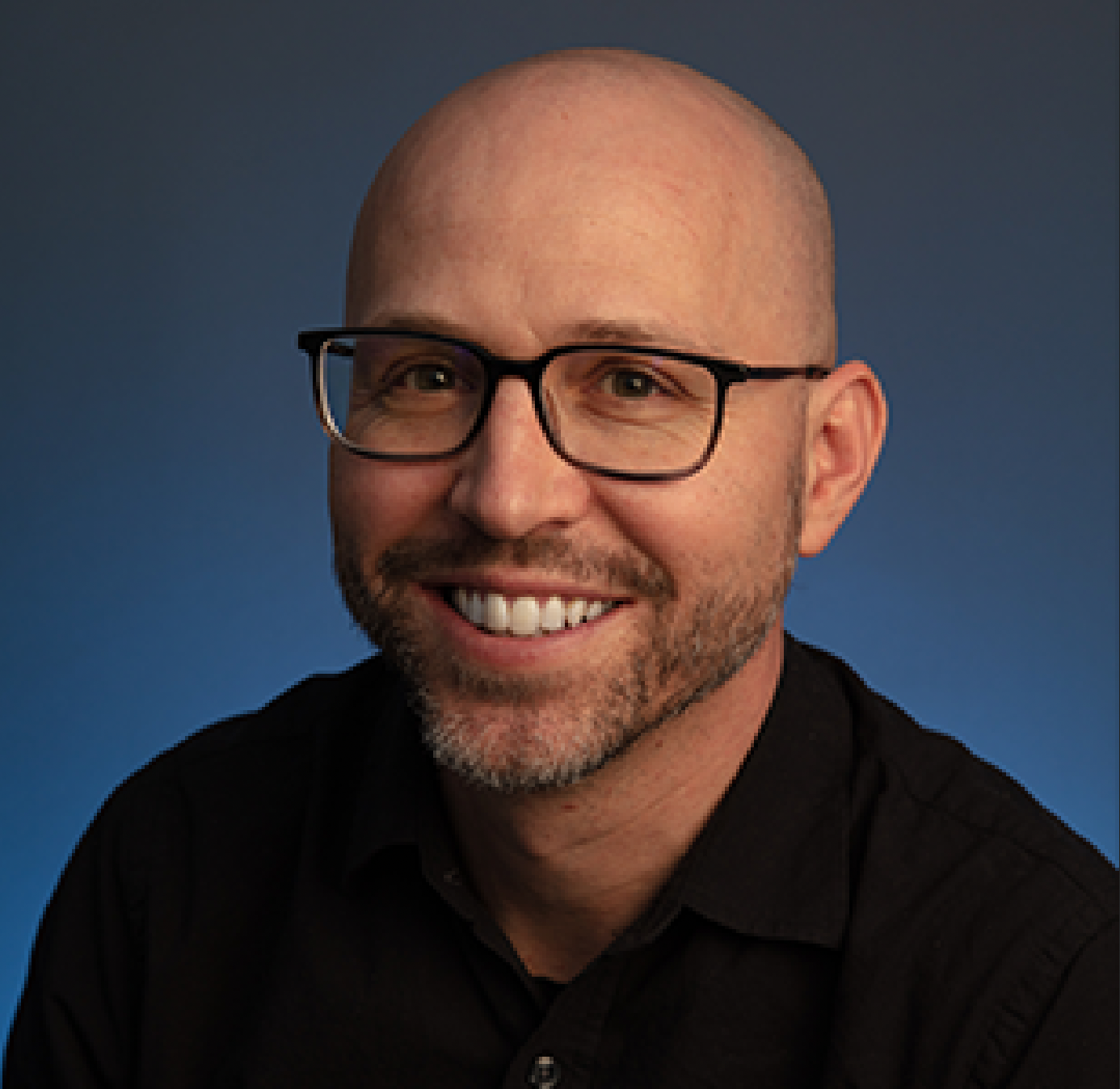
Snyder teaches classes in photojournalism, documentary photography, filmmaking, and visual storytelling. He joined the Department of Visual Communications at Newhouse in Fall 2023. Prior to that, Snyder ran his own production company, Interdependent Pictures, where he directed films in the Arctic, the Amazon, the Himalayas, and East Africa. His work as a documentary photographer and filmmaker continues to explore the dynamic relationship between environmental and cultural change.
Overview: Immersive storytelling technology presents a novel landscape. However, there have been challenges, and some of these result from the removal of the primacy of the storyteller. For most of history, storytellers have stewarded their audiences towards an intended conclusion. But in immersive spaces this authority is partially-discharged. As a result, rather than being guided to a destination of insight and wisdom, the audience may be left spinning in a visually stimulating yet spiritually flat landscape. So, how can different storytelling spaces effectively complement one another?
9:55– 10:15 a.m.: Discussion and open Q&A
10:20– 10:40 a.m.
How do we Embody our Narratives?
Presenters: Kevin Martinez and Ria J. Gualano, Graduate Students, Cornell University
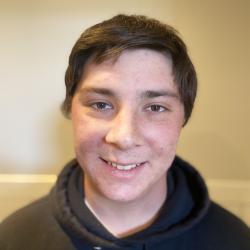
Martinez is a graduate student in the Department of Communication, along with treasurer of the Communication Graduate Student Association. His research includes social networks, virtual spaces, human-computer interaction, computer-supported cooperative work, and computer-supported collaborative learning. Martinez holds a BA (with honors) in Sociology from the University of California, Berkeley.

Gualano is a graduate student in the Department of Communication. She studies the communication of disability through projects on inclusive VR avatars, disability arts, and university accommodations. In April 2024, she organized the arts exhibition “Invisible Aspects of Disability and Neurodiversity,” which featured art from students and staff across Cornell’s campus. Outside of research, she writes fictional novels that spotlight folklore and culture from her Chinese heritage. She earned a BA (with honors) in Psychology and a minor in Theatre Arts at Johns Hopkins University.
Overview: Immersive media allow people to both experience and co-author narratives. VR in particular offers unique opportunities for self-transformation. Many experiences in VR place the user in a world where they are embodied as an avatar. And, rather than providing a finite cast of characters, they allow users to create or recreate aspects of their identities through avatar customization. As a result, users can feel embodied in ways not possible through other media or the physical world. Furthermore, customization allows the expression and exploration of aspects of identities that might otherwise be difficult to convey; such as invisible disability, neurodiversity, and chronic pain. In this way, avatar embodiment expands the creative possibilities embedded in immersive stories.
10:40– 11 a.m.: Discussion and open Q&A
11:05-11:25 a.m.
Understanding Expressions of Self-Determination Theory in the Evaluation of DEIA-Themed VR Storytelling Techniques
Presenter: Kandice Green, PhD Candidate, Newhouse School, Syracuse University

Green’s research is at the intersection of mass media and social psychology. She primarily examines how people use entertainment media to formulate their attitudes, ideologies, and identities. Green also explores how the formations of these concepts transfer into behaviors and choices in social groupings, especially intergroup relations.
Overview: How do aspects of self-determination theory and prior experiences impact one’s engagement with IDEA-centered VR? This research has participants engaging with three videos depicting living with Alzheimer’s, with blindness, and in a refugee camp. In post-engagement interviews, findings have shown a sense of autonomy with the VR headset, but also an absence of competence relating to the content. Participants also mentioned engaging in perspective-taking. Unexpectedly, those who had a close other (with experience with the targeted situation) reported projecting instead of perspective-taking. However, no statistically significant relationship was found between prior experience and cognitive effort. Likewise, no statistically significant relationship was found between cognitive effort and prosocial attitudes. This underscores the intricacies of how prior experience impacts engagement with IDEA-centered VR and proposes direction for future investigation.
11:25-11:45 a.m.: Discussion and open Q&A
Keynote Presentation
11:45-12 p.m.: Lunch
12-1:15 p.m.
Beyond the Fourth Wall with Immersive Theatre
Presenter: Tanner Efinger, Artistic Director, Breadcrumbs Productions
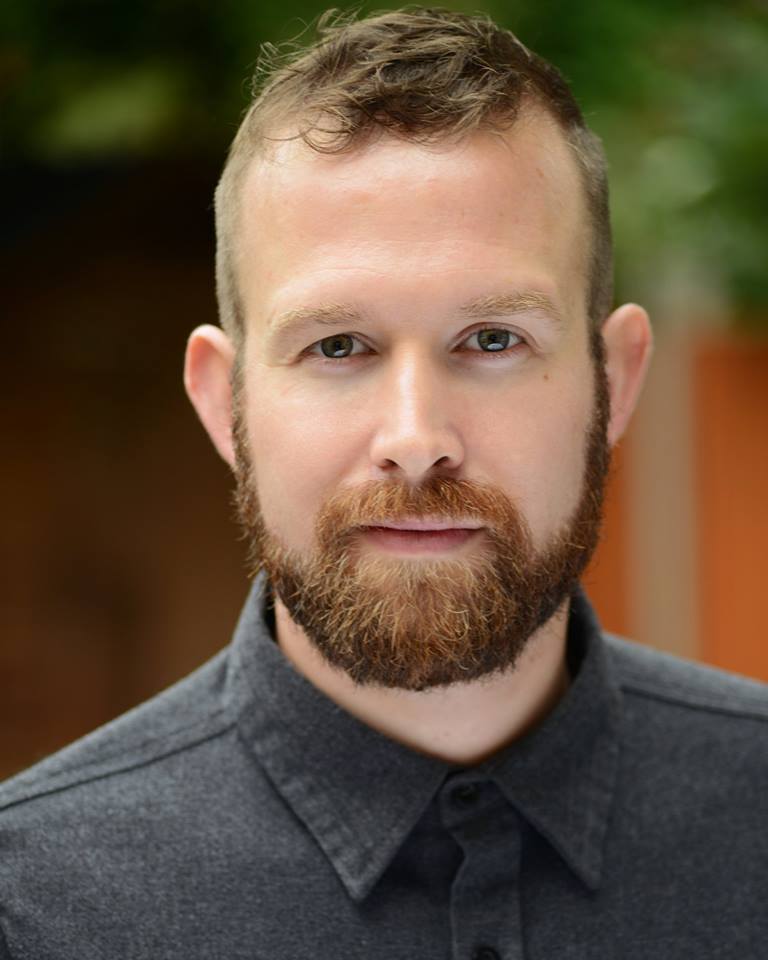
Efinger is a theatre maker, arts advocate, and community organizer. His original works include The Game of Li*e, Come Like Shadows, Marie & The Nutcracker Prince, Unearthing Mary Bixby, The Picture of Oscar Wilde, 1918, A Christmas Carol Retold, High As Sugar, and While They’re Away. Efinger has taught devised theatre at LeMoyne College, Shakespeare at Oxford University, and various improvisational theatre and acting classes with numerous organizations. His long term goal is to help develop Central New York as a place for artists and queer people to live, work, and thrive.
Overview: Why sit back when one could have a more central role? Immersive theatre audiences step inside the story both as recipient and participant where they become central to the experience. Through examples of previous work, this workshop-style presentation will explore the power of liveness, shared space, and audience choice through the lens of immersive theatre creation.
Session Set II
1:15 p.m. -1:20 p.m.
Introduction
Lyndsay Gratch, VPA, Syracuse University
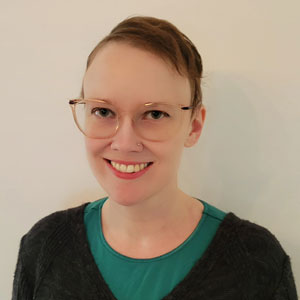
Gratch joined the VPA’s Department of Communication & Rhetorical Studies in Fall 2021 after serving as an assistant teaching professor at SU from 2018-2021. She teaches courses in communications, digital culture, and performance studies. Her research explores the ways in which the physical and virtual have become inseparable in everyday life, and how social norms and discourses affect everyday life communication and creative performance practices.
1:20-1:40 p.m.
Kairos: One Square Mile
Presenter: Heath Hanlin, Associate Professor, VPA, Syracuse University
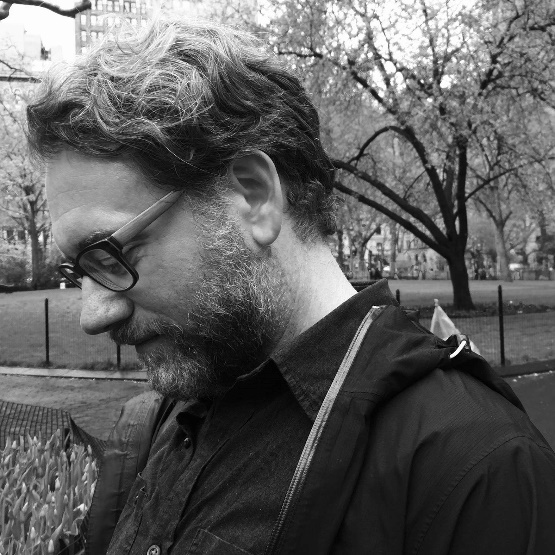
Hanlin teaches computer animation and audio production courses. He has been working as a media artist and musician since 1989, when he found a dual-delay pedal, microphone, and dying cassette recorder in the basement of an abandoned house. His animations, interactive media, music, and installations have been showcased in New York, Los Angeles, San Francisco, Prague, Tokyo, Kobe, and many other places.
Overview: The Kairos project incorporates climate change models and research into dramatic VR environments. A team of artists, scientists, and technologists have developed immersive worlds for parents and children to experience together in venues across the globe. The core vision is to translate enormous amounts of data in a visceral manner, so audiences may experience the pace and scale of climate change on an individual level. The deliberate design of the exhibit space, alongside the VR experience, engages and informs participants from all demographics.
1:40-2 p.m.: Discussion and open Q&A
2:05-2:25 p.m.
Chronicling Harriet: Afrofuturist Museology through Immersive Technology
Presenter: Synatra Smith, Afrofuturist Cultural Preservationist (PhD), DigEd Quest
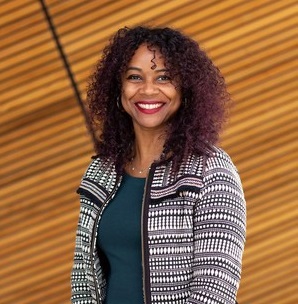
Smith is a cultural anthropologist exploring extended reality and other digital tools to enhance special collections and archival records featuring African American art, history, and culture with the specific intention of documenting workflows that can be shared without relying on a large budget or team. She sits at the intersection of researcher, archives professional, and digital humanities practitioner. Currently, Smith is in a Association of African American Museums working group to identify ways to build capacity for member institutions through traveling, shared, and collaborative exhibitions.
Overview: Extrapolating from the title of Balogun Ojetade’s novel, The Chronicles of Harriet Tubman: Freedonia, this Afrofuturist reimagining of Harriett’s Bookshop renders an interactive VR environment entitled “Harriett’s Microverse” to highlight works by Black artists in Philadelphia. This discussion seeks to situate the project within and beyond Ojetade’s Black retrofuturism through the needs of Black memory institutions and the impact of immersive technologies to reach new audiences. Three key questions are also considered: (1) Why XR? How is immersion enhancing the experience? (2) How will the XR experience be adopted? Who is the target audience? How will they access it? (3) Is the project accessible? Are there cues that may require intervention for someone with impaired vision or hearing? Effects that may trigger sensitive users? Is the text narrated and the audio captioned?.
2:25-2:45 p.m.: Discussion and open Q&A
2:50-3:10 p.m.
Immersive Encounters in Art Museums: Evaluating Mixed Reality Experiences for Visitor Engagement
Presenter: Sabiha Ghellal, Professor (PhD), Stuttgart Media University
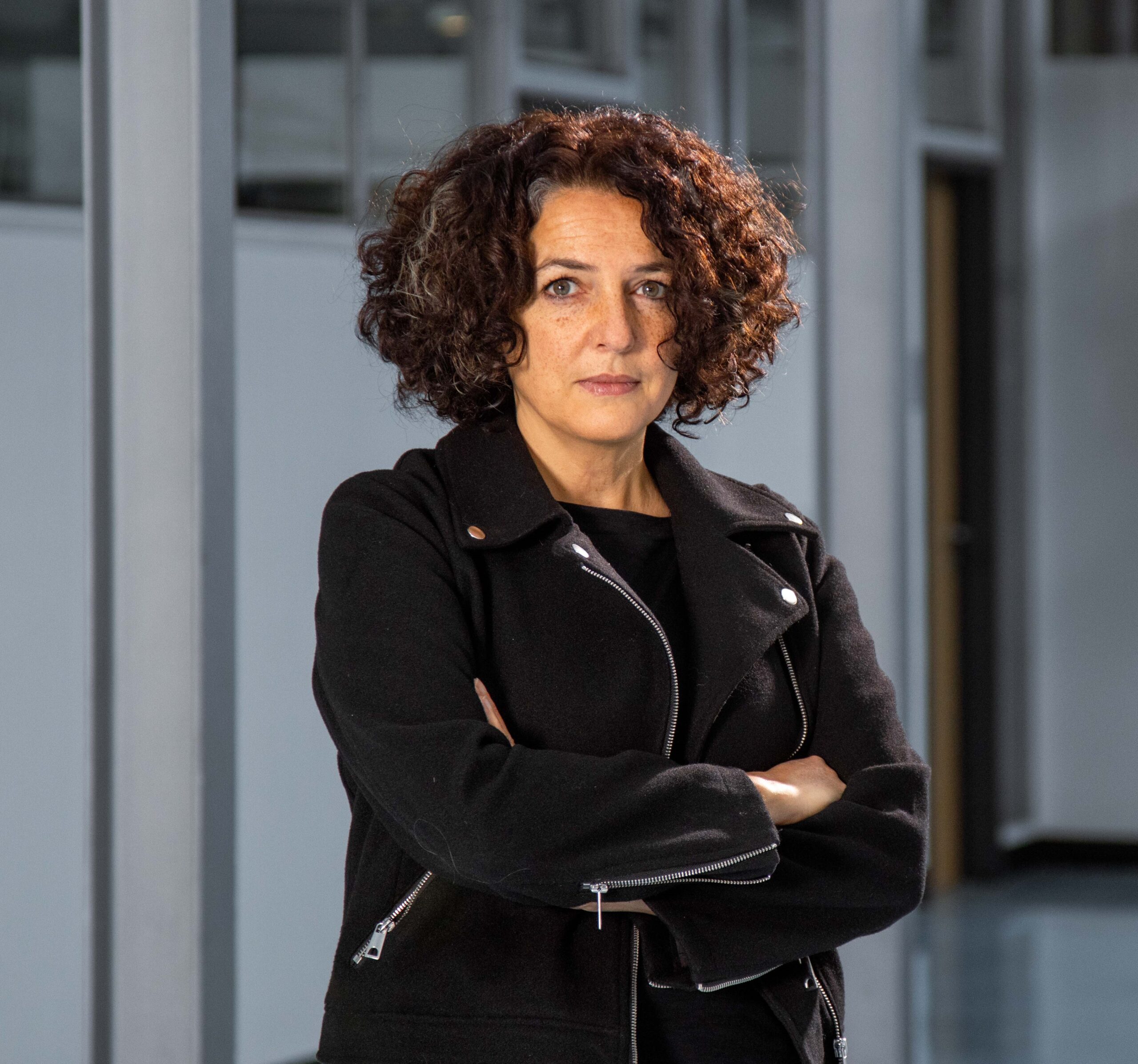
Ghellal is a professor in the Department of Experience & Game Design. Her research focuses on interactive cultural experiences, digital games, mixed reality, and transmedia storytelling. Ghellal is currently planning a doctoral program with the Glasgow School of Arts to advance research in game design and tackle societal challenges related to education, healthcare, mobility, and environmental protection.
Overview: This study delves into the fusion of digital experiences and museum environments with a focus on Gallery of Shadows. Developed using the Unity game engine, this installation enhances visitor interaction by inviting them to assume the role of researchers to investigate the histories of certain artifacts. The VR setup allows for a comprehensive exploration that fosters a deeper understanding. During COVID-19, this research also assessed the feasibility of replicating such exhibits within web and print formats; and it was found that alternative mediums were able to parallel the experience. So, while VR technologies do offer an unmatched level of immersion, museums should still embrace a multifaceted strategy to ensure the inclusivity and accessibility of the experience for all.
3:10-3:30 p.m.: Discussion and open Q&A
3:30-3:45 p.m.: Coffee Break
Immersive Demonstrations
3:45-4:30
Demonstration 1: Dan Pacheco, Professor of Practice, Newhouse School, Syracuse University
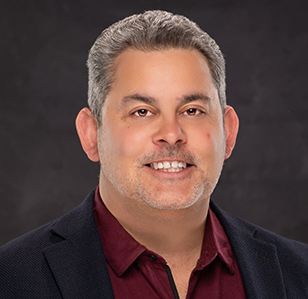
Pacheco holds the Peter A. Horvitz Chair of Journalism Innovation and is a pioneer in the use of VR for journalism. Previously, he spent 20 years in the trenches of digital publishing everywhere from Fortune 500 companies to startups. Pacheco started his career as an online producer for Washingtonpost.com, where he produced Interact, one of the first online news communities. When not teaching, he’s busy exploring new technologies shaping the future of media, which lately means augmented / mixed reality, social VR, chatbots, and smart speaker skills.
4:30-5:15
Demonstration 2: Lyndsay Gratch, VPA, and Makana Chock, Newhouse School

Gratch joined the VPA’s Department of Communication & Rhetorical Studies in Fall 2021 after serving as an assistant teaching professor at SU from 2018-2021. She teaches courses in communications, digital culture, and performance studies. Her research explores the ways in which the physical and virtual have become inseparable in everyday life, and how social norms and discourses affect everyday life communication and creative performance practices.

Chock is the “David J. Levidow Endowed Professor” at Newhouse, and has conducted internationally-recognized research in media psychology. She studies the ways in which people process and respond to persuasive messages in mass media, social media, and extended reality contexts. Chock teaches courses in research methods, communication theory, extended reality research, and media. She previously worked at Indiana University, the University of Hawaii at Manoa, and the Hawaii Public Library.
6-7 p.m.: Dinner
Friday, Aug. 2
Session Set III
8-8:25 a.m.: Breakfast
8:25-8:30 a.m.
Opening remarks
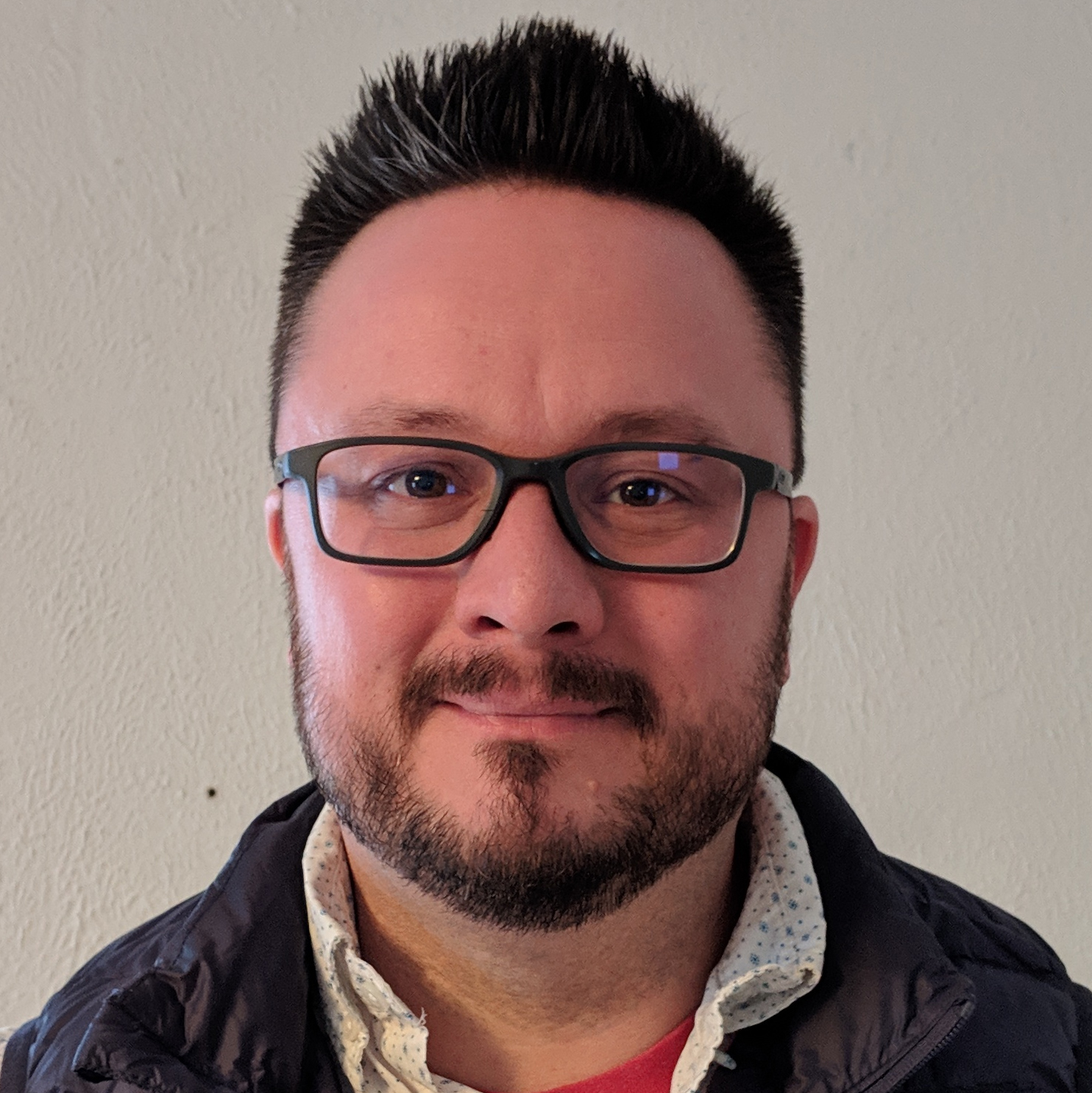
Nick Bowman teaches courses on the user experience of immersive media. His research is broadly focused on understanding the cognitive, emotional, physical, and social demands of interactive media content. Prior to Newhouse, Bowman was a tenured professor at Texas Tech University and West Virginia University. He also holds ongoing faculty appointments at the Universität Erfurt in Germany and National Chengchi University in Taiwan.
8:35-8:55 a.m.
Promise of Immersive Realities
Presenter: Wesley Della Volla, CEO & Founder, Meridian Treehouse

Della Volla is a visionary, innovator, and immersive experience pioneer. Whether transforming National Geographic’s Grosvenor Auditorium into the largest, permanent VR theater in the world; or winning Emmy, National Press Photographers Association, and Webby awards for his innovative storytelling; he pushes the boundaries of what is possible. Della Volla also shares his expertise as an adjunct lecturer in Georgetown University’s Environmental Studies Department.
Overview: Immersive media has the potential to shape the future of how we learn, work, play, and stay connected. It can become an indispensable tool for communication in our daily lives. In this presentation, attendees will engage with VR headsets during a discussion of the possibilities for combining immersive and traditional media to bridge physical, psychological, and emotional divides.
8:55-9:10 a.m.: Discussion and open Q&A
9:15-9:35 a.m.
The Past & Future of Immersive Journalism
Presenter: Hannah Greber, PhD Candidate, University of Vienna
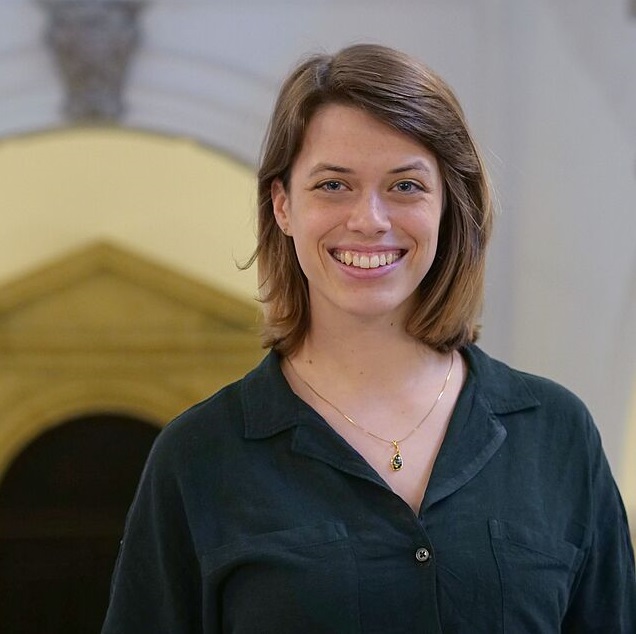
In her political communication thesis, Greber is investigating the possibilities and perils of immersive journalism. More specifically, she is studying how audiences view these technologies, and how they can be used to foster civic engagement. Greber completed a BA and MSc (with distinction) in Communication Science at the University of Vienna, as well as a BA in English & American Studies. Additionally, she has worked as a freelance journalist, and co-directed journalistic VR productions with the project Escape Velocity.
Overview: Immersive journalism combines technology, interaction, and narrative to provide a witnessing experience to audiences. Initially, this innovation was encountered with strong expectations, however, recent research indicates these expectations were not met. For instance, studies show that the audience’s experience tends to fluctuate between meaningful and overwhelming. Looking to the future, it becomes crucial to consider the structural level shaping different formats of journalism. Such can include the self-perception and normative confinement of the news agencies, as well as the dependency on the support of big-tech.
9:35-9:50 a.m.: Discussion and open Q&A
9:55 a.m. -10:15 a.m.
Unestablished Boundaries: The Capabilities of Immersive Technologies to Induce Empathy, Tell Stories, & Immerse
Presenter: Eugene Kukshinov, Post-Doctoral Scholar (PhD), University of Waterloo
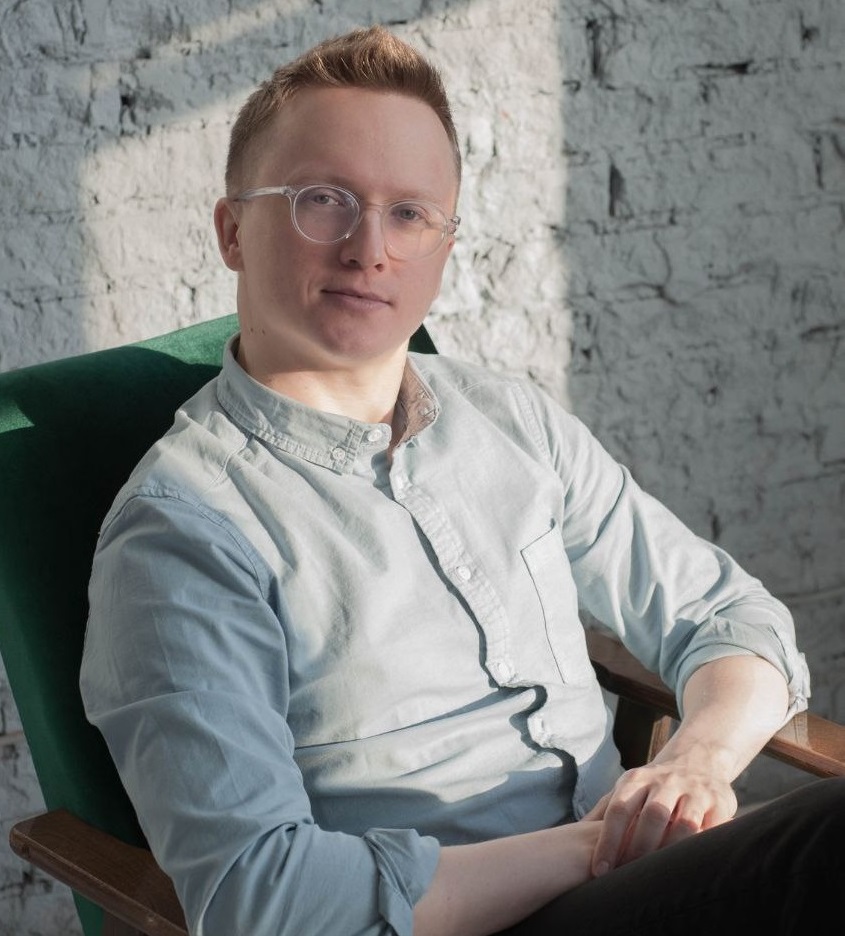
Kukshinov is a media psychology researcher at the HCI Games Group at the University of Waterloo, Canada. His focus is on understanding immersive experiences and their interrelationships in different contexts including VR, video games, and storytelling.
Overview: There currently stands a lack of established structures for defining the nature of immersive experiences and for understanding that immersion is not universal and not inherently technological. Moreover, there is a danger of oversimplifying complex psychological processes and, therefore, a need for a more holistic approach to the phenomenon that considers a range of stimuli. By advocating for a more nuanced understanding, a more informed discourse will be fostered that acknowledges the diverse effects and implications of immersive technologies.
10:15-10:30 a.m.: Discussion and open Q&A
Session Set IV
10:30-10:35 a.m.
Introduction
Dan Pacheco, Professor of Practice, Newhouse School, Syracuse University

Pacheco holds the Peter A. Horvitz Chair of Journalism Innovation and is a pioneer in the use of VR for journalism. Previously, he spent 20 years in the trenches of digital publishing everywhere from Fortune 500 companies to startups. Pacheco started his career as an online producer for Washingtonpost.com, where he produced Interact, one of the first online news communities. When not teaching, he’s busy exploring new technologies shaping the future of media, which lately means augmented / mixed reality, social VR, chatbots, and smart speaker skills.
10:35-10:55 a.m.
Educational Design of XR
Presenter: Jason Webb, Assistant Professor (PhD), Newhouse School, Syracuse University
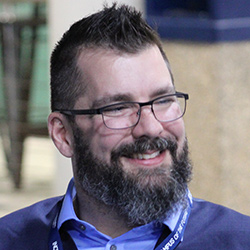
Webb joined the Department of Visual Communications at Newhouse in Fall 2023. He teaches classes in motion design, character animation, 2D / 3D animation, and augmented / virtual reality. Prior to joining the faculty, Webb was an online learning analyst at Syracuse University. His research focuses on XR in education with the goal of creating content that is both challenging and exciting for students to learn from.
Overview: The use of XR introduces educators to a new way of facilitating interaction. The ability to immerse students in experiences that develop deeper connections with content without leaving the classroom is a powerful resource. Using educational design, instructors are constantly assessing how to craft their lessons; and, over the years, have developed several different techniques that integrate XR. These trend towards three main designs: experiential learning, skilled-based learning, and personalized learning.
10:55-11:10 a.m.: Discussion and open Q&A
11:15-11:35 a.m.
Beyond Our Bodies: AI & XR’s Role in Transforming Identity
Presenter: Cameron Kostopoulos, Founder & CEO, Kost
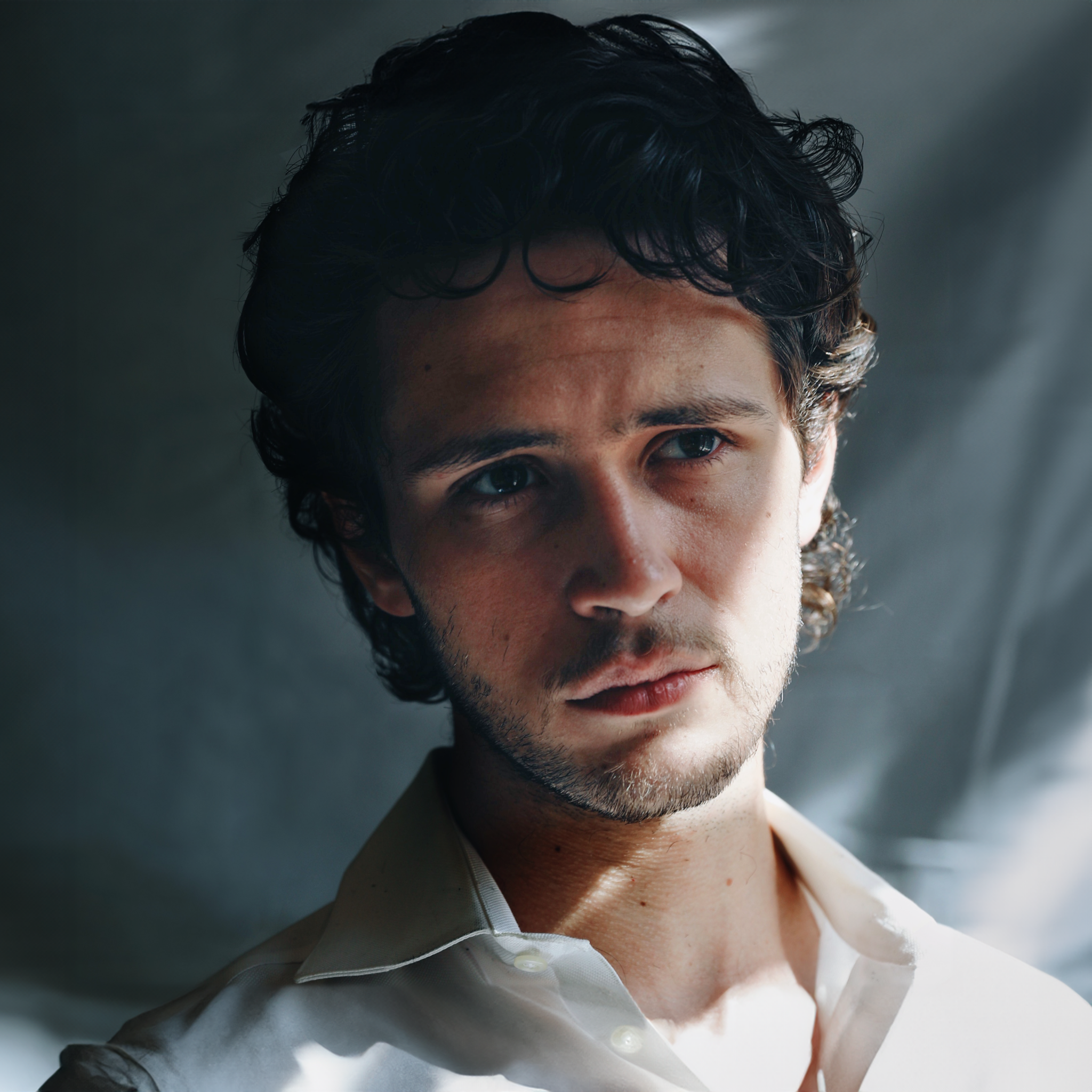
Kostopoulos is an award-winning director. Their debut experience, Body of Mine, has won many accolades including the Producers Guild Innovation Award, the SXSW Special Jury Award, and an international premiere at the Venice Film Festival. Kostopoulos holds a MA in Narrative & Emerging Media from Arizona State University, and a BFA in Film & TV Production from the University of Southern California.
Overview: Technology is rapidly redefining what it means to be human. What happens when it empowers us to transcend our physical form? Utilizing AI, full-body tracking, and haptic feedback, this session will unveil how emerging media can alter human identity and connection in the digital age by allowing audiences to see the world through another’s eyes.
11:35-11:50 a.m.: Discussion and open Q&A
11:55 a.m.-12:15 p.m.
Alchemizing XR as Technology of the Spirit
Presenter: Evan Starling Davis, PhD Candidate, School of Education, Syracuse University
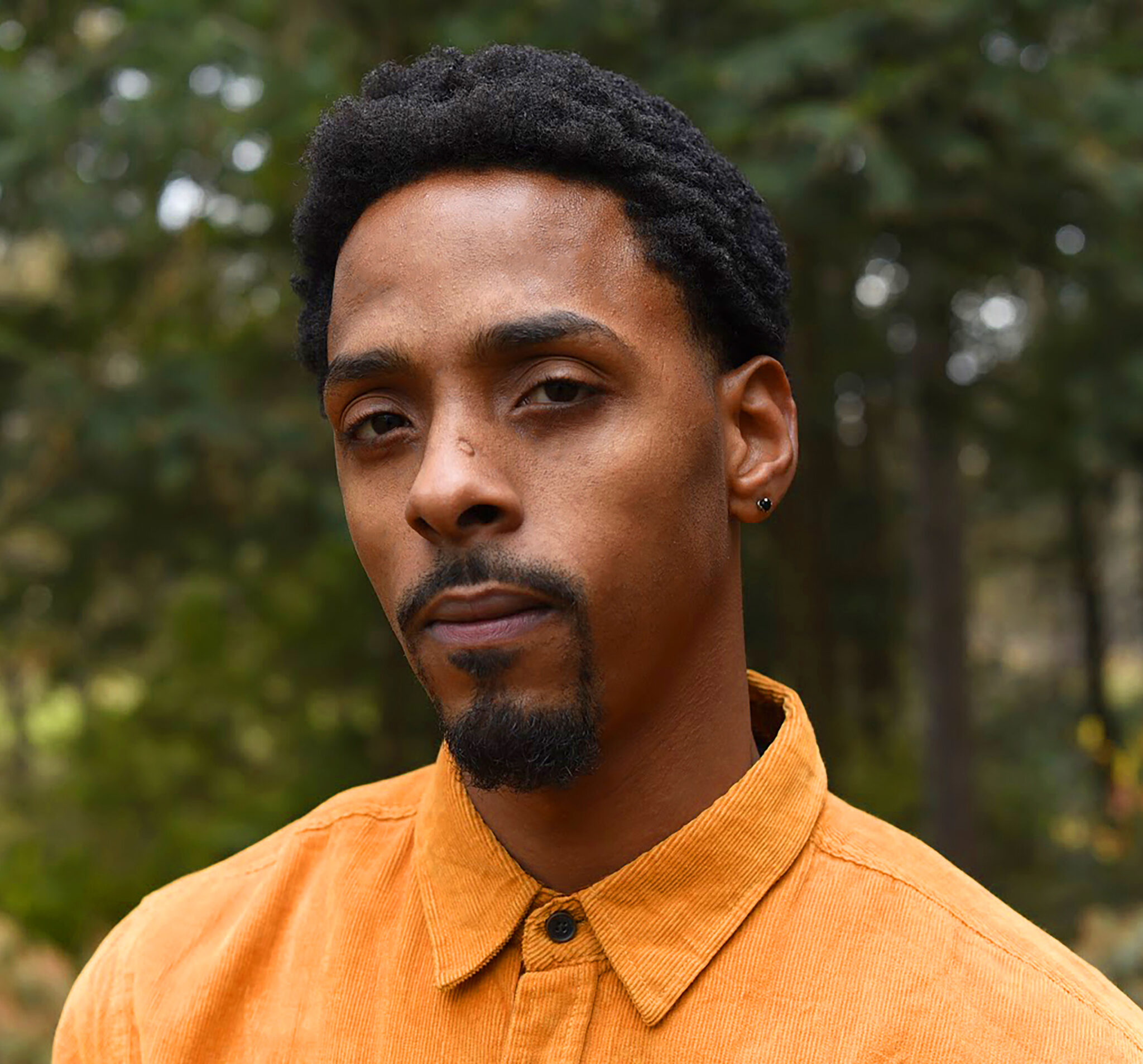
Starling Davis is a narrative artist, producer, and curator using a Black / Queer surrealist lens to unearth distant pasts and buried histories while promoting radical self-healing. As a community organizer and scholar with a deep-rooted practice of art exposure, equitable literacies, accessibility, and community mindfulness; Starling Davis strives to create pathways for Black imagination, storytelling, and history to thrive.
Overview: Theorizing the possibilities of critical literacy at the intersection of immersive technology, the concept of the living archive is reimagined within XR dreamscapes to investigate the phenomenon of spirit-murder. Defined to be the embodiment of spiritual, physical, and emotional violence enacted on BIPOC folks navigating the American education landscape, spirit-murder manifests as exclusion and erasure. Explicitly, Black archives and museum collections testify to the complexity of how Black life has been lived, documented, and remembered. Conceptualizing exposure, immersion, and embodiment, a hybrid environment is devised by a Black Archival Praxis to embark critical mindfulness as a restorative device within realities that harm more than heal the Black spirit.
12:15-12:30 p.m.: Discussion and open Q&A
Funders Discussion
12:30 – 12:45 p.m.: Lunch
12:45 – 2 p.m.: Summit Insights & Collaborative Opportunities: Foundation for Syracuse University
2:00 – 2:05 p.m.
Closing Remarks
Gina Luttrell, Senior Associate Dean (PhD), Newhouse School, Syracuse University
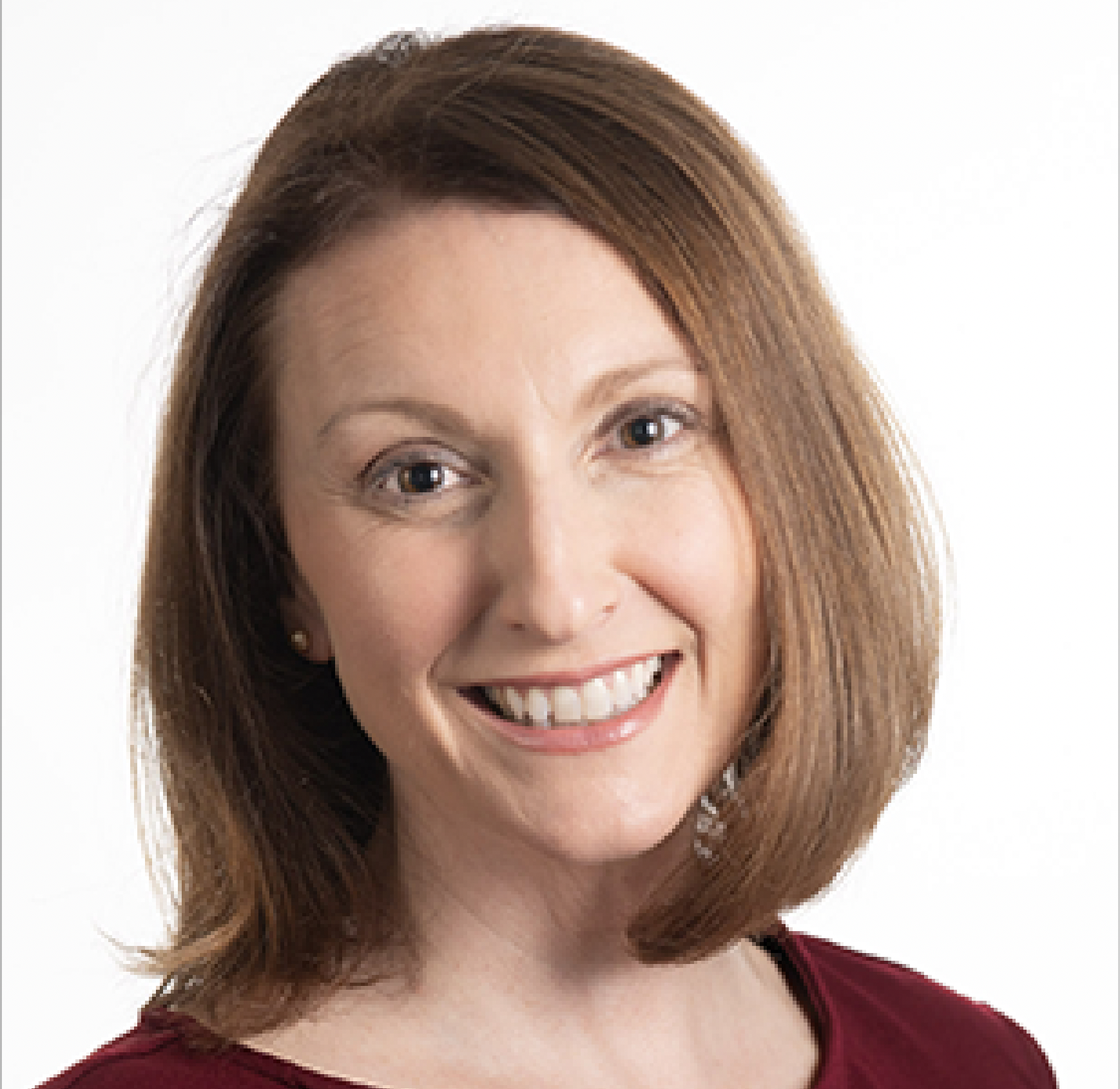
Luttrell is an innovative educator, distinguished scholar, and experienced academic leader. In addition to successfully securing funding for research initiatives, she has authored more than a dozen books; published in academic and professional journals; and presented at domestic and international conferences. Her research focuses on AI, public relations, data analytics, a multi-generational workforce, and the intersection of social media with society.